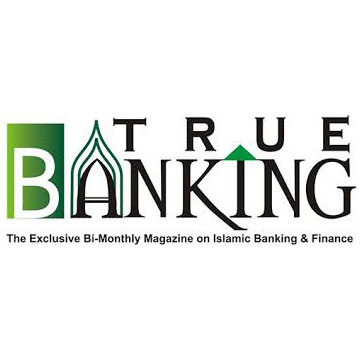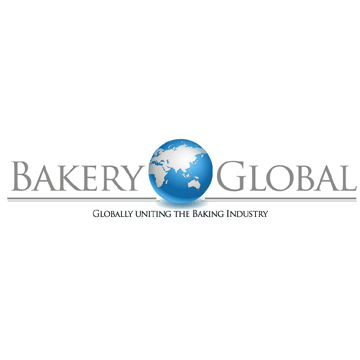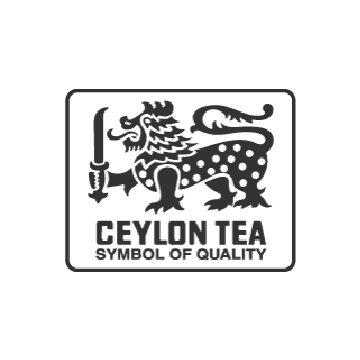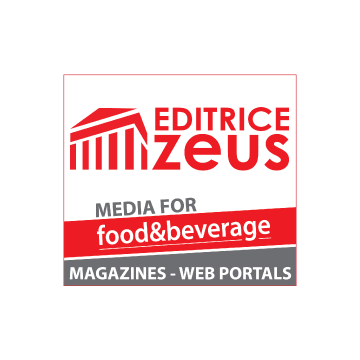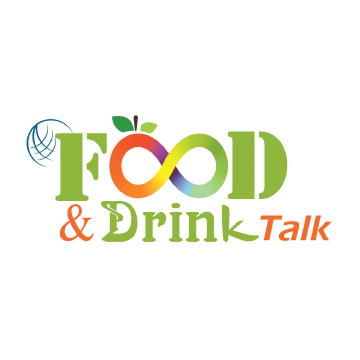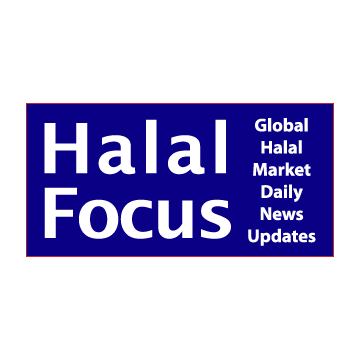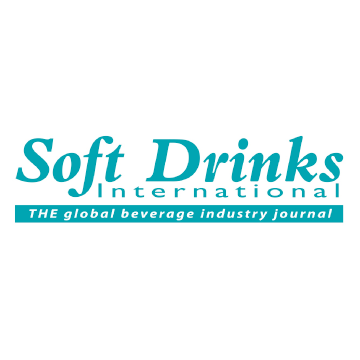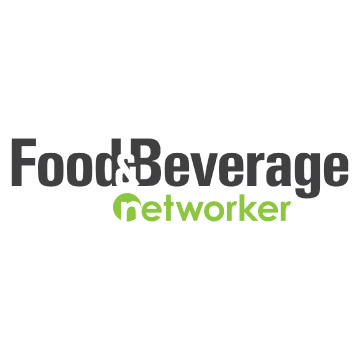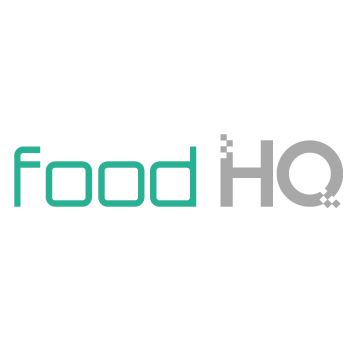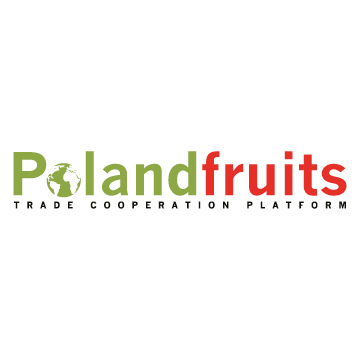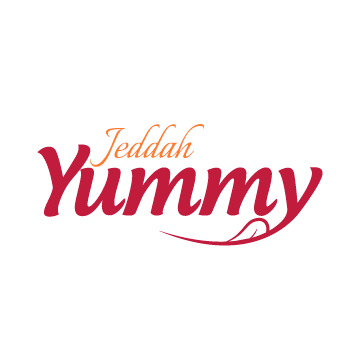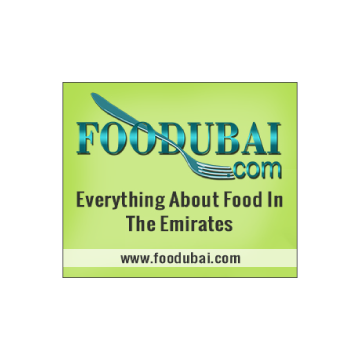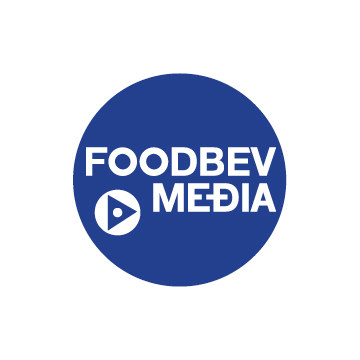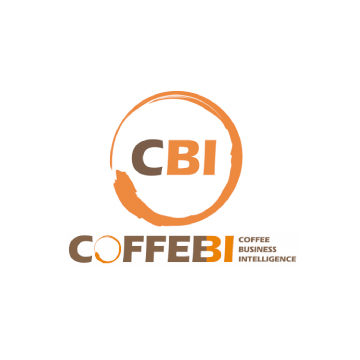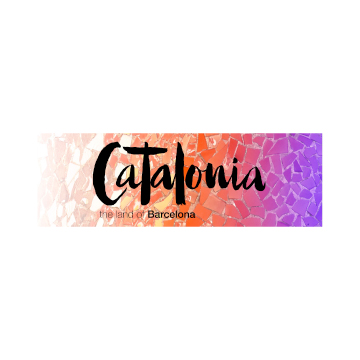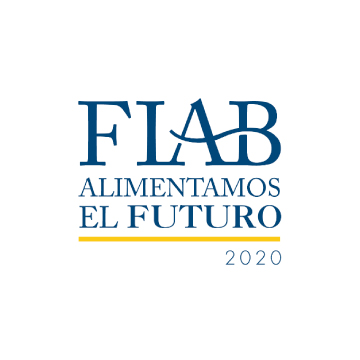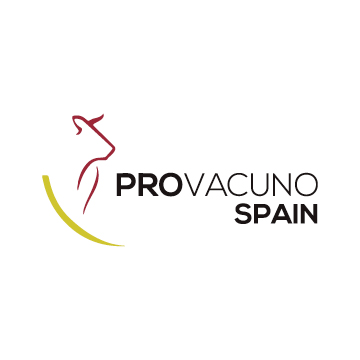Saudi Arabia’s Food and Beverage (F&B) market is the largest and most attractive in the Middle East, valued at $45 billion
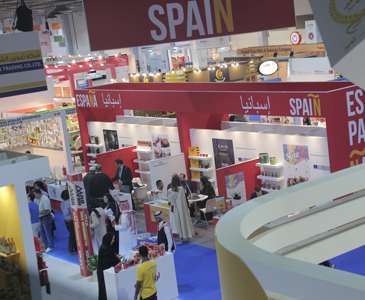
The food processing industry in Saudi Arabia is
well-positioned to grow at a considerable rate in the near future. Domestic,
regional and international demands for Saudi food products have been increasing
year on year, with seafood, dates and halal foods leading the way. The Kingdom
is famed for its authentic halal food products — particularly those from Makkah
and Madinah. The Kingdom’s halal food market is currently worth $6 billion, but
it has the potential to take a substantially bigger share of the $1.3 trillion
global halal market. The sector also benefits from a well-developed ecosystem
that meets the high standards and growing demands of the expanding marketplace.
Saudi Arabia’s Food and Beverage (F&B) market is the largest and most
attractive in the Middle East, valued at $45 billion and predicted to grow at a
rate of 6 percent over the next five years. That growth is being driven by
several factors, including the Kingdom’s expanding population and the increase
in Hajj and Umrah visitors.
In 2018, the Saudi food industry accounted for 10 percent of gross domestic
product (GDP), highlighting its importance as a leading KSA sector. The average
household reportedly spends 18 percent of its total expenditure on F&B,
meaning the Kingdom’s domestic demand amounts to 60 percent of total
consumption in the GCC. Around $70 billion was spent on food consumption during
2018 in the Kingdom.
2018 also saw a 10 percent increase in food imports, and that figure is
expected to increase to $35 billion by 2020, raising the prospect of
significant import-substitution opportunities for Saudi F&B producers to
serve the untapped demand for local dairy, meat and fruit products.
Furthermore, F&B players in Saudi have easy access to growing and
under-supplied markets in the GCC and MENA regions.
With 29 million residents and an annual population growth rate of 3.3 percent,
Saudi Arabia has the largest population in the GCC. Over 50 percent of the
population is under 25, and the youth of Saudi Arabia are particularly
susceptible to Western consumer trends.
However, in order to benefit from potential growth, market players need to
address the changes in consumer behavior that are shaping the sector. Saudi
consumers are becoming more health conscious, something market players should
address by providing foods that are sugar free, low in salt, fat free, and do
not contain preservatives and chemicals, or functional foods that offer
specific health benefits.
According to the Saudi Arabia General Investment Authority (SAGIA), the Kingdom
is expected to see around $59 billion worth of investment in its food industry
by 2021. I firmly believe that this sector has huge untapped potential for
local and international players who can properly position themselves to cater
to the demands of consumers.
Basil M.K. Al-Ghalayini is the Chairman
and CEO of BMG Financial Group.
Source: Arab News
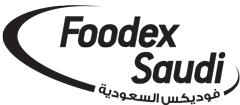
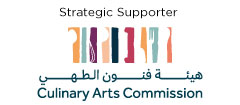
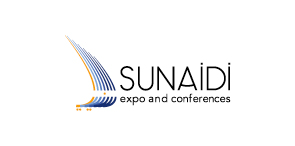
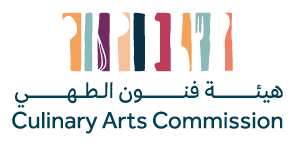



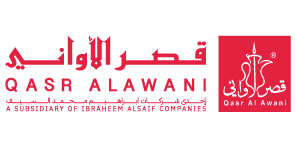
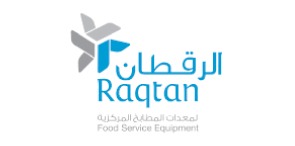

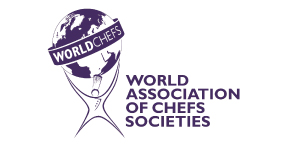
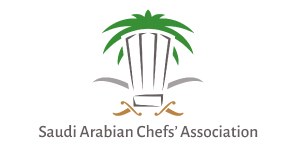
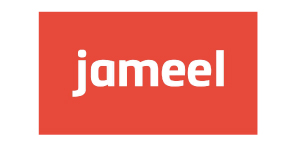


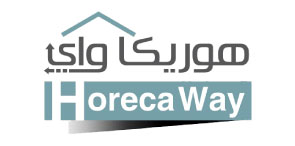
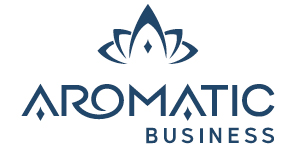

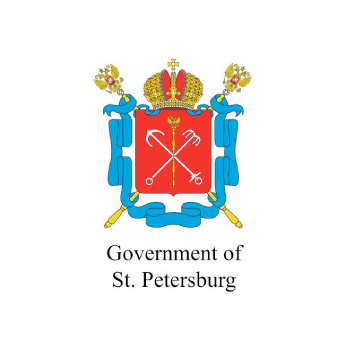
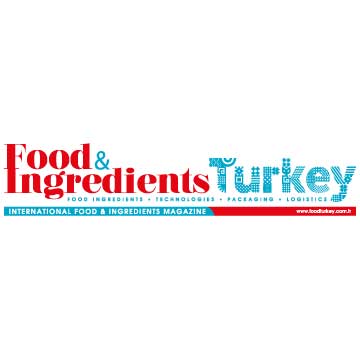
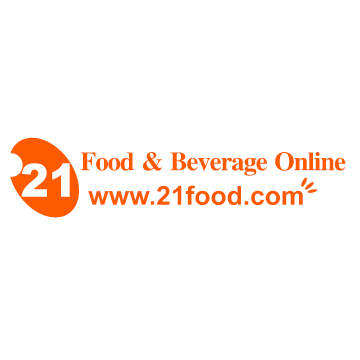
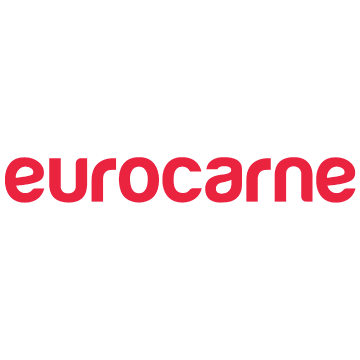
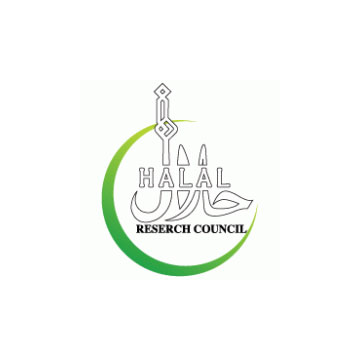
.jpg)
